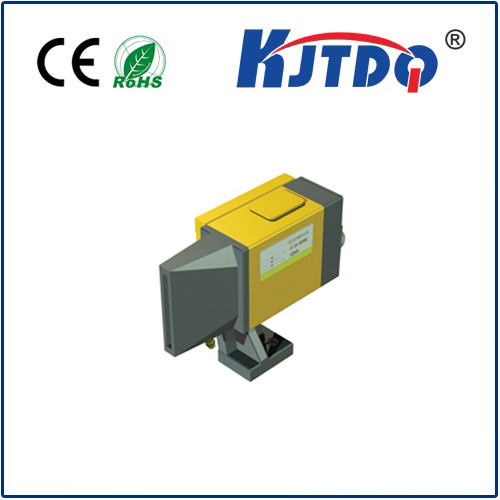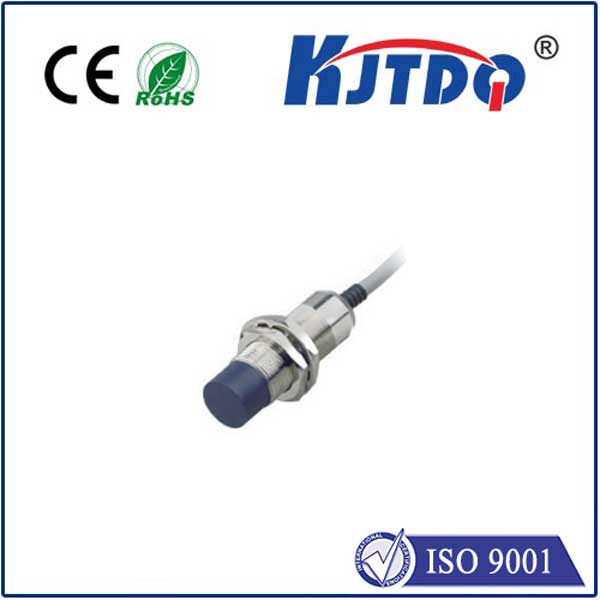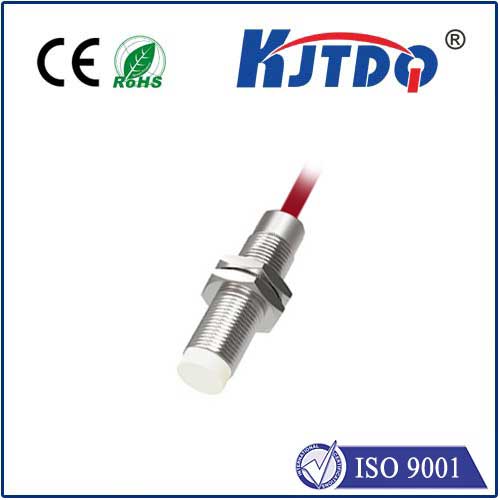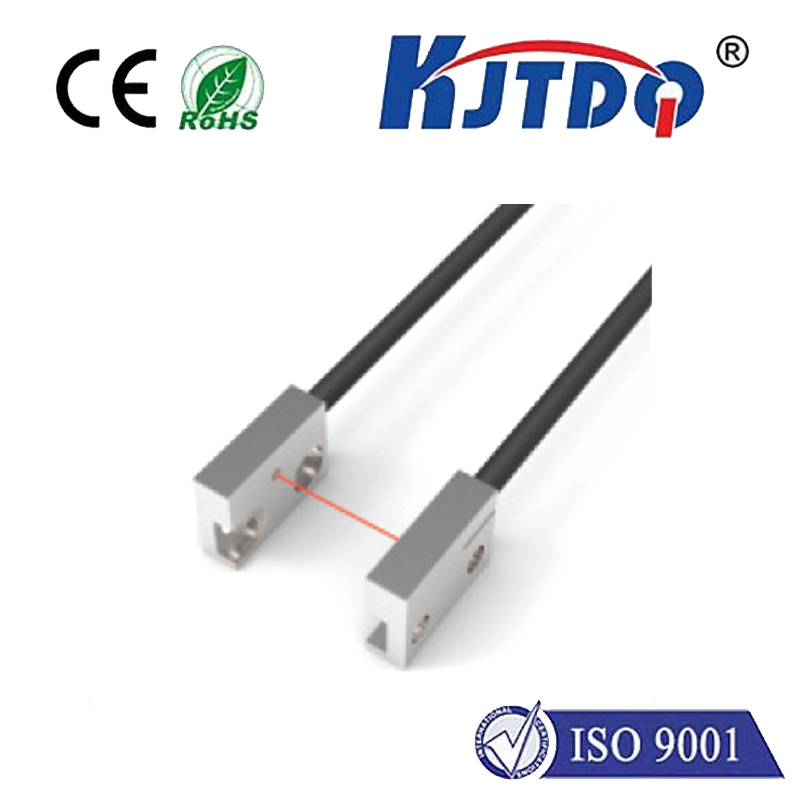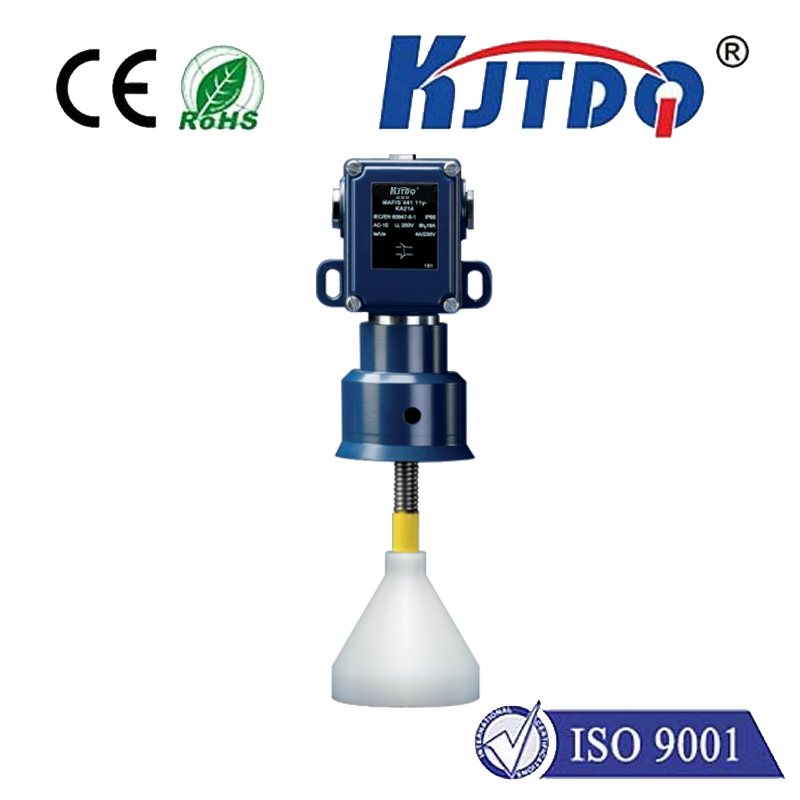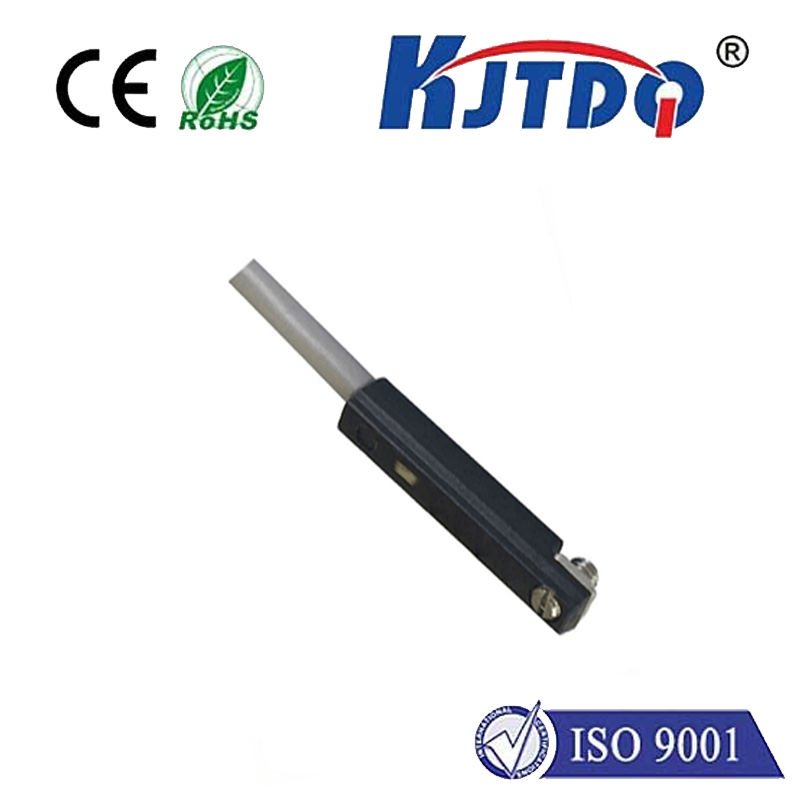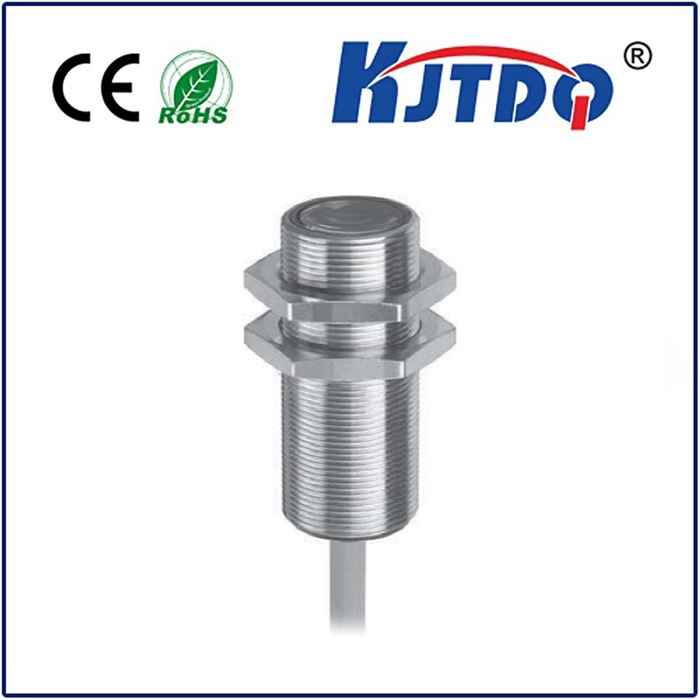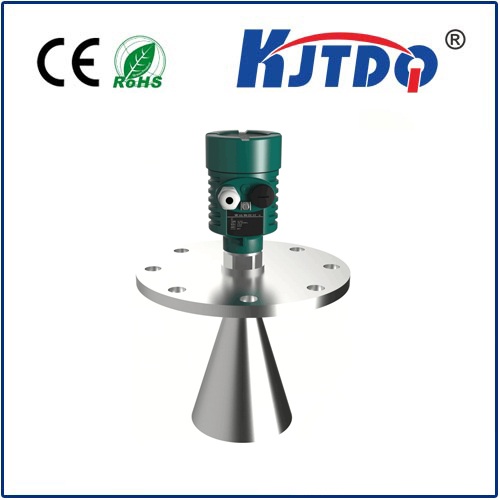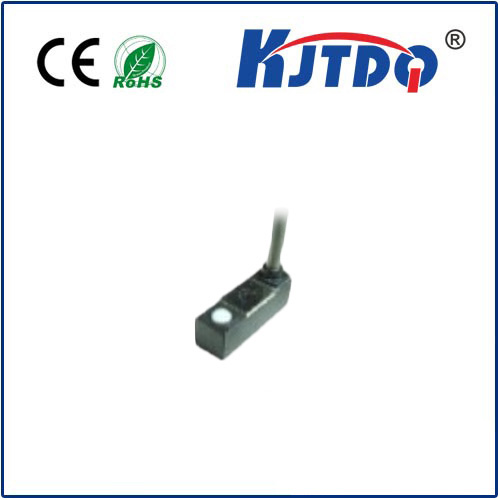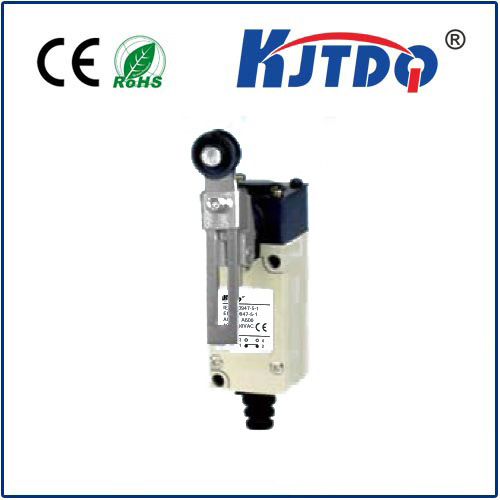human proximity sensor
- time:2025-07-10 02:13:27
- Click:0
Human Proximity Sensors: The Silent Guardians of Modern Interactions
Imagine walking into a dark warehouse section, and the lights magically illuminate just your path. Or picture a high-speed packaging machine instantly pausing as a worker’s hand ventures too close to a dangerous mechanism. These seemingly intelligent responses aren’t magic; they’re orchestrated by the unassuming yet crucial human proximity sensor. This technology, fundamentally designed to detect the presence or approach of a person without physical contact, has become an invisible backbone enhancing safety, efficiency, and user experience across countless domains. From optimizing energy in smart buildings to revolutionizing interactive displays and safeguarding lives on factory floors, proximity detection is quietly reshaping how machines and environments respond to human presence.
So, what exactly is a human proximity sensor? At its core, it’s a device engineered to sense when a human body enters a predefined detection zone. Unlike simple touch sensors, it operates remotely, triggering actions based on the approach or close presence of a person. This non-contact nature is key, enabling automation and safety features that wouldn’t be feasible otherwise. The fundamental principle involves detecting changes in the surrounding environment caused by the human body – whether it’s body heat, electromagnetic fields, reflected waves, or capacitance shifts.

The world of proximity and presence sensing utilizes a diverse toolbox of technologies, each excelling in specific scenarios:
- Passive Infrared (PIR) Sensors: Perhaps the most common type, especially in lighting and security. PIR sensors detect changes in infrared radiation (heat) emitted by moving human bodies. They are energy-efficient, cost-effective, and excellent for triggering lights, alarms, or occupancy-based HVAC control. Their weakness? They primarily detect motion, not static presence, and can be fooled by other heat sources.
- Ultrasonic Sensors: These emit high-frequency sound waves and measure the time it takes for the echo to return. An object (or person) within the range alters the echo pattern. They are effective for presence detection even without motion and work well in various lighting conditions. However, they can be susceptible to acoustic interference and might struggle with very soft or sound-absorbing materials.
- Capacitive Sensors: These detect changes in an electrostatic field. When a conductive object (like the human body) enters this field, it alters the capacitance. Capacitive proximity sensors are superb for detecting static or very slow-moving presence, even through thin non-conductive materials (like glass or plastic panels), making them ideal for touchless faucets, interactive kiosks, or safety guards on machinery. Their detection range is typically shorter than ultrasonic or radar options.
- Microwave/Radar Sensors: Using electromagnetic waves (microwave or millimeter-wave radar), these sensors can detect tiny movements, including breathing or heart-rate, even through obstacles. They offer high precision, long range, and excellent static presence detection capabilities. While historically more expensive, advancements are making them viable for sophisticated applications like advanced security systems, fall detection for the elderly, and highly accurate occupancy analytics. Radar-based sensors represent a significant leap forward in sensing fidelity.
- Time-of-Flight (ToF) Sensors: These measure the time it takes for a light pulse (often infrared laser) to travel to an object and back, creating a 3D depth map. This allows for precise distance measurement and presence detection, enabling gesture recognition and sophisticated spatial awareness in applications like robotics and advanced interactive displays.
The applications for human proximity detection are astonishingly broad and impactful:
- Smart Building Automation: This is a powerhouse application. Presence sensing via PIR or radar optimizes energy use by controlling lighting, heating, and cooling only when rooms are occupied. Capacitive sensors enable touchless light switches and faucets, improving hygiene. Occupancy data feeds into broader building management systems (BMS) for enhanced efficiency.
- Industrial Safety: A critical domain. Proximity sensors create virtual safety zones around hazardous machinery (robotic arms, presses). If a worker breaches this zone, the sensor triggers an immediate shutdown, preventing catastrophic accidents. They complement physical guards, offering an essential layer of non-contact protection.
- Touchless Interfaces & Interactive Systems: Public hygiene concerns have propelled touchless tech. Capacitive and IR sensors power touchless faucets, soap dispensers, hand dryers, and automatic doors. Interactive kiosks, exhibits, and retail displays use proximity sensing to activate content as users approach, creating engaging, intuitive experiences without physical contact. Gesture control often starts with proximity detection.
- Retail & Analytics: Understanding customer behaviour is gold. Sensors monitor foot traffic patterns, dwell times near displays or products, and queue lengths. This proximity data provides invaluable insights for store layout optimization, targeted marketing, staff allocation, and improving the overall customer journey.
- Automotive Safety: Modern vehicles increasingly incorporate sensors for driver monitoring (detecting drowsiness or distraction via eye tracking/presence) and advanced driver assistance systems (ADAS). Features like blind-spot monitoring and cross-traffic alert fundamentally rely on detecting nearby objects, often including pedestrians and cyclists, enhancing road safety.
- Security & Surveillance: PIR motion detectors remain a security staple for intrusion alarms. More sophisticated radar or thermal sensors offer enhanced perimeter protection and can distinguish between humans, animals, and vehicles, reducing false alarms.
- Healthcare & Assisted Living: Proximity sensors can discreetly monitor patient movement, detect falls in real-time (especially radar-based systems), remind patients to take medication when they approach a dispenser, or enable touchless control of equipment in sterile environments.
Choosing the right human proximity sensor isn’t a one-size-fits-all solution. Key considerations include:
- Required Detection Range: Do you need inches, feet, or meters?
- Static vs. Motion Detection: Is merely sensing presence necessary, or is detecting movement the primary goal?
- Material Interference: Will the sensor need to detect through specific materials (like glass enclosures or plastic guards)?
- Environmental Factors: Temperature extremes, humidity, dust, vibration, acoustic noise, or ambient light can impact sensor performance.
- Accuracy & False Trigger Prevention: How critical is avoiding false alarms? How precisely do you need to define the detection zone?
- Cost & Power Consumption: Budget constraints and whether the sensor runs on batteries influence technology choice.
- Output Type: Does your system need a simple on/off signal, analog distance data, or complex positional information?
From the simple convenience of hands-free restroom fixtures to the life-saving halt of industrial machinery, human proximity sensors operate silently in the background. They bridge the gap between the physical world of people and the digital world of automated systems. Whether enabling touchless interactions for hygiene, gathering insightful occupancy data for smarter buildings, or forming an essential layer in critical safety systems, these sophisticated detectors are fundamental enablers of efficiency, convenience, and safety in our increasingly automated and interactive world. As sensing technologies like radar and advanced AI processing continue to mature, the capabilities and applications of proximity and presence detection will only expand, further embedding these silent guardians into the fabric of our daily lives.












